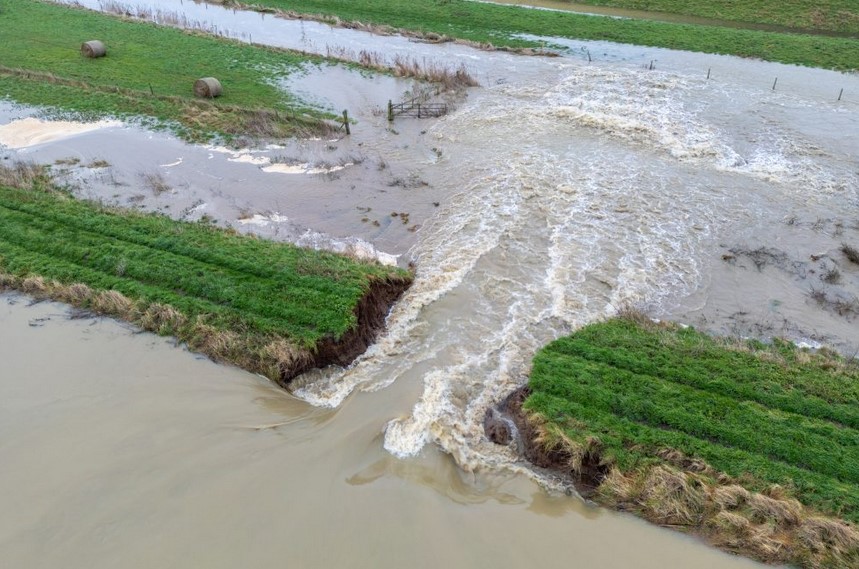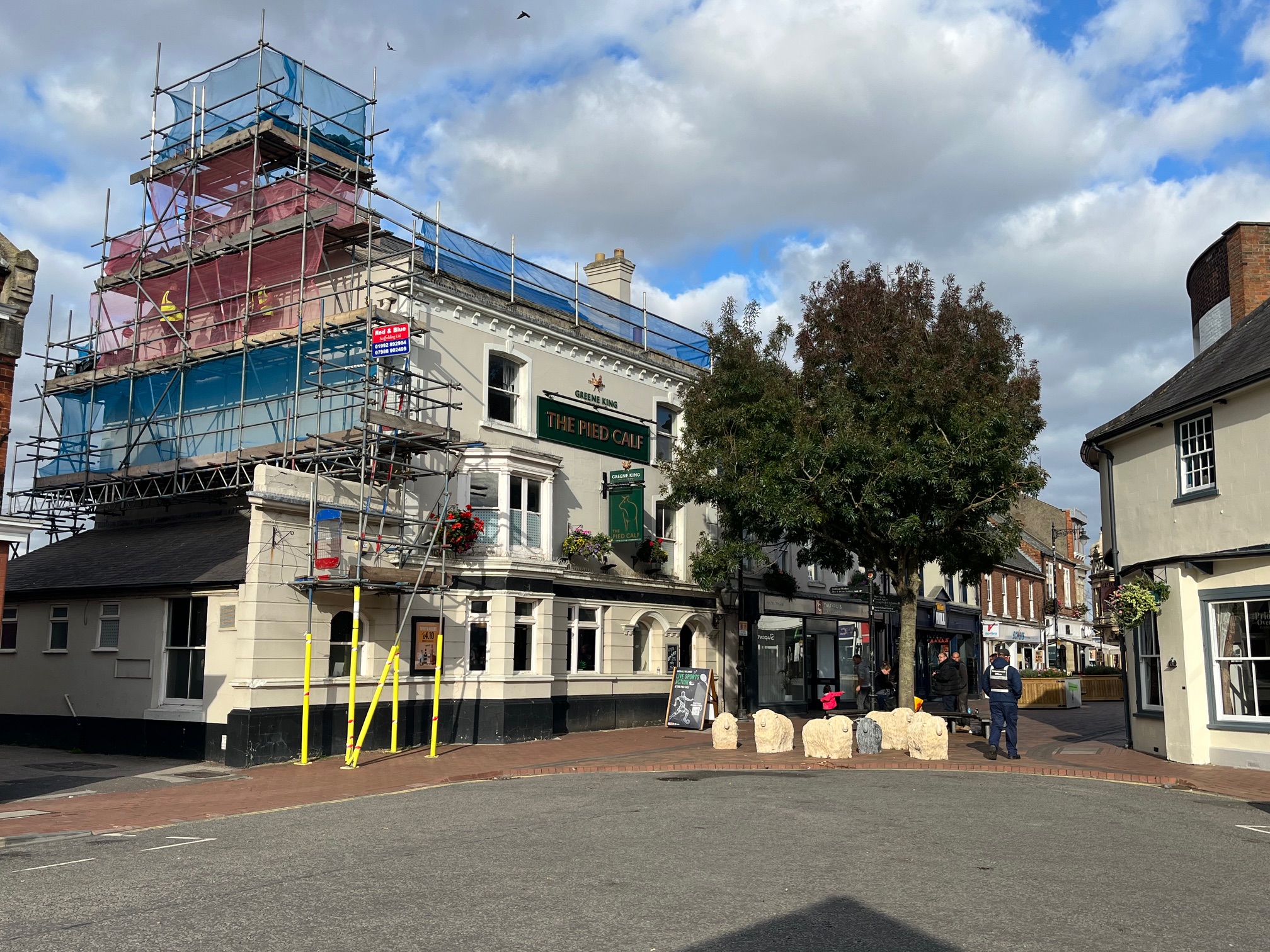A South Holland fossil hunter hit the jackpot when a bone he found has been confirmed as belonging to a new species of dinosaur.
The discovery was a ‘bucket list’ dream for James Lockyer, of Spalding, who unearthed one of four bones thought to belong to the newly-named Vectaerovenator inopinatus.
The dinosaur was thought to be four metres long and belonged to the same group as the Tyrannosaurus rex and modern birds and lived 115 million years ago.
Mr Lockyer was on holiday on the Isle of Wight last year when he made the discovery on the shore at Shanklin.
“You do literally have a bucket list and on that list is to find a new kind of fossil. I certainly didn’t think it would be a dinosaur,” he said.
“Ever since I was a child I always had a fascination with the outdoors. I would be sleeping outside and digging holes,” he said.

“You can’t beat the feeling of being the first person to handle a find that hasn’t seen light for hundreds, thousands or sometimes millions of years.”
His find, along with another three bones found in the same area, were studied by the University of Southampton’s paleontology department. All four were found over a period of weeks in three separate discoveries, all of which were handed to the Dinosaur Isle Museum at nearby Sandown.

The scientific study confirmed the bones were likely to be from the same individual dinosaur.
“It looked different from marine reptile vertebrae I have come across in the past. I was searching a spot at Shanklin and had been told, and read, that I wouldn’t find much there. However, I always make sure I search the areas others do not and on this occasion it paid off,” said Mr Lockyer, who works at Bakkavor in IT as a software developer.
“I was shocked to see how complete it was and the condition it was in.”
Mr Lockyer, of Whaplode, has found a range of fossils and other artifacts from rocks to broken pottery.
“Most of the time it’s a case of finding ‘rolled’ dinosaur bones which have been washed against the shingle and are not identifiable,” he said.








